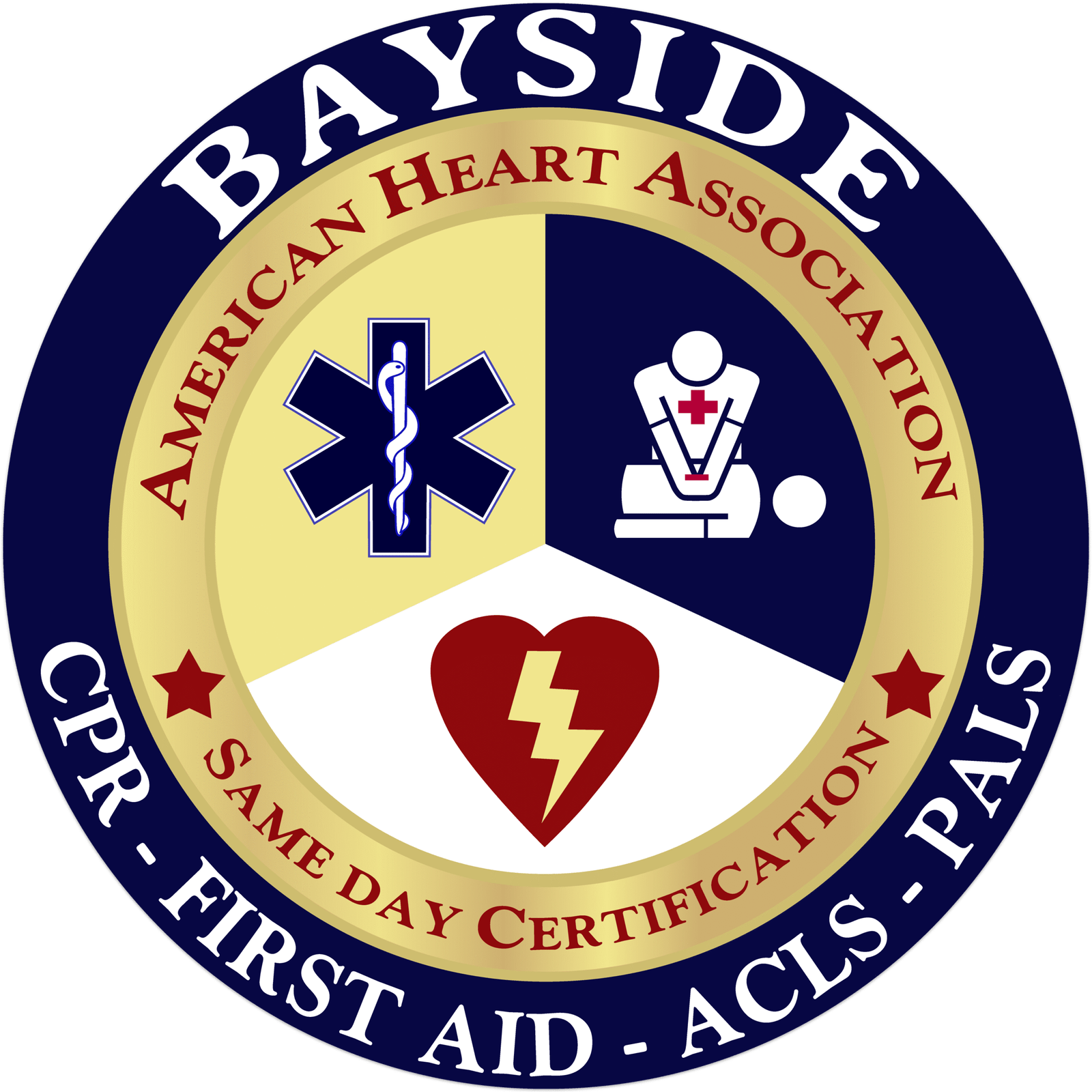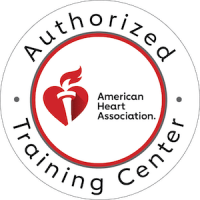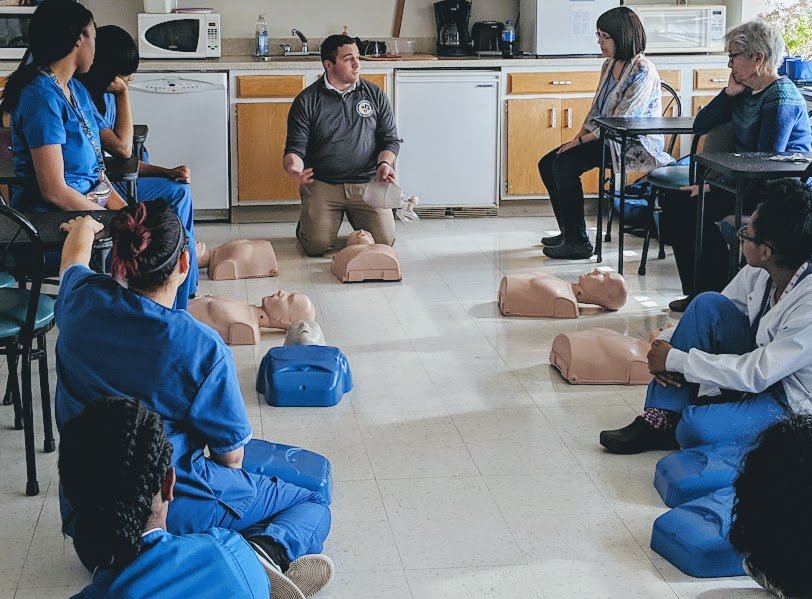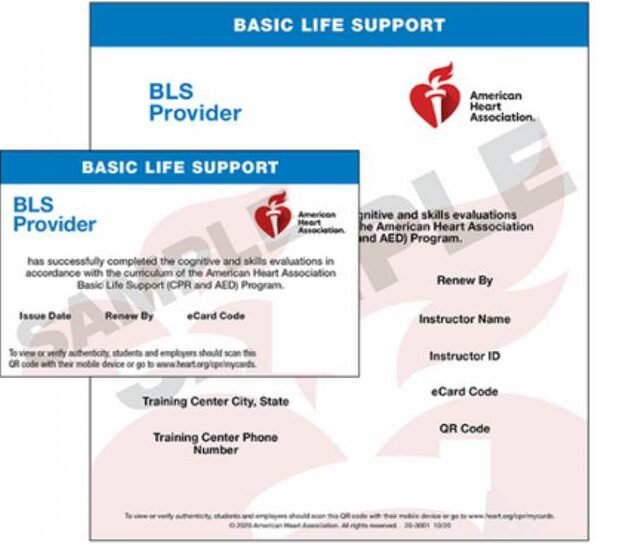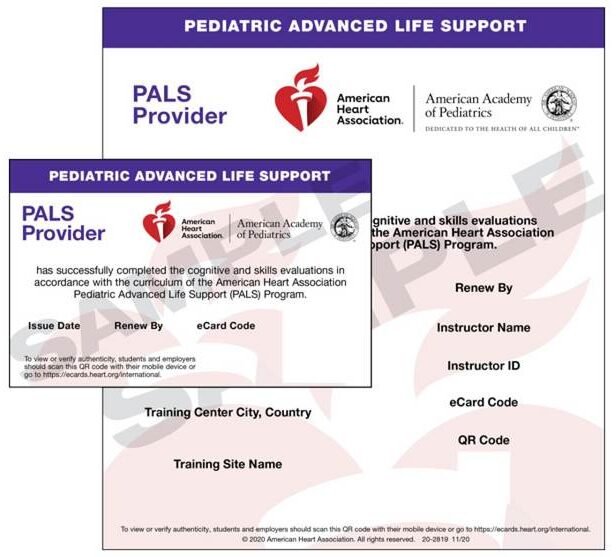CPR (cardiopulmonary resuscitation) is a critical intervention that can mean the difference between survival and death during an emergency. It involves delivering chest compressions and rescue breaths to a person who isn’t breathing or whose heart has stopped. Are you aware of the different emergencies where CPR might be needed?
A common worry is whether helping without formal certification could lead to legal trouble. People often fear unintentionally causing harm or facing lawsuits when stepping in to help. The main goal of this blog is to clear up these worries and explain what the law says about performing CPR without formal training. Offering aid during an emergency typically won’t lead to lawsuits, particularly when your goal is to save a life.
1. Why Is Proper Training Important for Performing CPR?
While CPR has the potential to save lives, its effectiveness depends on performing it correctly; this is where training is crucial. Proper skills and current knowledge empower you to act confidently and make every moment matter.
1a. Correct Technique & Effectiveness
Training ensures you master the techniques that maximize the effectiveness of chest compressions and rescue breaths. By applying the right methods, you enhance the likelihood of saving a life. Without proper training, mistakes can happen that reduce the effectiveness of CPR or even put the person at greater risk. Learning the right method ensures your efforts count and gives the survivor the highest chance to recover.
1b. Confidence to Act Quickly in Emergencies
CPR training helps you maintain composure and respond swiftly during a crisis. Familiarity with the procedure builds confidence, reducing hesitation in critical moments. This readiness can make a huge difference in urgent situations, encouraging you to step in and help without feeling overwhelmed or unsure.
1c. Maximize Survival Rate
Receiving the right training significantly increases the likelihood of a successful rescue. When CPR is performed correctly and promptly, it can keep blood flowing to vital organs until professional help arrives. The faster and better you do it, the higher the chance that the person will recover without long-term damage. Well-trained responders truly help maximize survival rates in emergencies.
1d. Validate Your CPR Skills and Knowledge
Getting trained in CPR confirms that you’ve learned the necessary skills properly. It’s not just about knowing what to do but also about demonstrating that you can do it right under pressure. This validation boosts your credibility and reassures others around you that help is being given by someone who has the right knowledge.
1e. Following the Latest Guidelines for Safer, Better Help
CPR guidelines are frequently updated based on new research, and proper training keeps you in the loop with the latest methods. Learning through certified courses guarantees that you’re following best practices, which can make your efforts more effective and safer for the patient. Staying up-to-date helps you avoid outdated or incorrect actions.
1f. Legal Protections and Insurance Benefits of CPR Training
Being properly trained in CPR proves you’ve taken responsible steps to help in emergencies, which can offer legal protection if questions arise later. Many places even encourage or require CPR certification for certain jobs or volunteer roles. In some cases, having official training can also support insurance claims or legal defense, showing that you acted with preparation and good intent.
2. What is the Difference Between CPR Certified & Non-Certified?
The main difference between being CPR certified and not certified comes down to training and knowledge.
2a. CPR Certified
Being CPR certified means you’ve completed an official training program that includes practical skill development, learning up-to-date procedures, and passing a test to demonstrate your competence. This certification prepares you to respond confidently and correctly in an emergency.
2b. Non-Certified
On the other hand, someone without certification might only have a general understanding of CPR, possibly from informal sources like videos or conversations. However, they haven’t undergone formal instruction or evaluation and might not be aware of the most recent techniques and guidelines.
3. What Happens if You Perform CPR Without Certification?
Performing CPR without certification in the U.S. is generally allowed and even encouraged in emergencies. Here are 4 key points to understand.
3a. Good Samaritan Laws Protect You
All 50 states have Good Samaritan laws that protect untrained bystanders who provide CPR in good faith during an emergency. As long as you act responsibly and without gross negligence, you’re unlikely to face legal consequences.
3b. You Can Still Save a Life
Even without certification, doing chest compressions (Hands-Only CPR 100-120 times a minute) can significantly increase a person’s chance of survival, especially in the first few minutes after cardiac arrest.
3c. No Legal Requirement for Certification
In most situations, there’s no legal requirement to be certified to perform CPR. Exceptions might apply for certain jobs (e.g., healthcare workers, lifeguards), but not for bystanders.
3d. Certification Encouraged, Not Required
While certification isn’t mandatory, getting trained improves your confidence, teaches proper techniques, including rescue breaths and AED (automated external defibrillator) use, and prepares you for a real emergency.
4. What are the potential risks associated with performing CPR incorrectly?
Incorrect CPR can cause various complications, especially if techniques are applied improperly or with too much force. Key risks include broken ribs, internal injuries, and reduced chances of survival. To better understand the potential dangers, read :What Happens If You Perform CPR Incorrectly?, where we break down the consequences of improper technique and how to avoid common mistakes.
- Inadequate Circulation: Poor-quality compressions (too shallow or too slow) may fail to circulate oxygenated blood effectively.
- Vomiting and Aspiration: Improper airway management during rescue breaths can cause vomiting and inhalation of stomach contents into the lungs.
- Brain Damage from Delayed or Inadequate CPR: Ineffective compressions can delay oxygen delivery to the brain, increasing the risk of hypoxic brain injury.
- Injuries to the rescuer: Back strain, wrist injuries, or fatigue can occur in the rescuer if CPR is performed for extended periods without proper posture or support.
- Emotional Trauma: Both rescuers and bystanders may experience emotional distress or guilt if the outcome is poor, especially if they fear they did something wrong.
- Other risks are rib fractures or breaks, sternal (breastbone) fractures, internal organ injury, and pneumothorax (collapsed lung).
Correct training and regular practice are essential to minimize these risks and ensure CPR is as safe and effective as possible.
5. Why is it important to follow the laws & regulations of CPR?
Adhering to CPR laws and guidelines is often more important than many assume. Legal protection is one major benefit of compliance. If you perform CPR the right way and within the rules, Good Samaritan laws often shield you from lawsuits. That peace of mind can make a big difference in an emergency. It also ensures standardized, safe care for everyone involved. Rules and guidelines exist to make sure everyone, from healthcare workers to everyday bystanders, uses safe, proven techniques. This means better chances for the person needing help. Additionally, witnessing proper CPR builds community confidence in emergency response. Communities feel more confident knowing trained individuals are ready to step in when seconds count. Finally, these laws push us to stay sharp. They often require regular training and updates so we’re not stuck using outdated or ineffective methods. In short, following the rules doesn’t just keep you safe; it helps save lives. Know Legal Responsibilities Before Assisting Someone in an Emergency
Can You Get Sued for Performing CPR?
In most situations, you won’t face lawsuits thanks to Good Samaritan laws that safeguard those who assist in emergencies. Provided your actions are well-intentioned and not negligent, the law typically protects you. While the fear of legal trouble is common, it shouldn’t stop you from trying to save a life. Doing something is almost always better than doing nothing. And if you want even more peace of mind, getting CPR certified gives you the skills and confidence to help the right way. If you’re ready to learn and feel prepared for real-life emergencies, Bayside CPR offers easy, hands-on classes that walk you through everything step by step. It’s a simple way to get trained and be ready when it matters most. For Better Understanding: Complete Guide to CPR is also available, where you learn everything about CPR.
